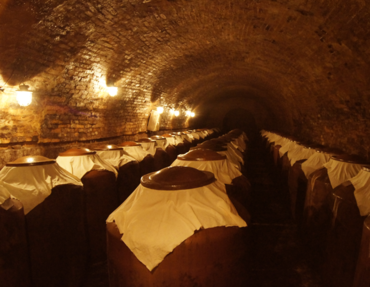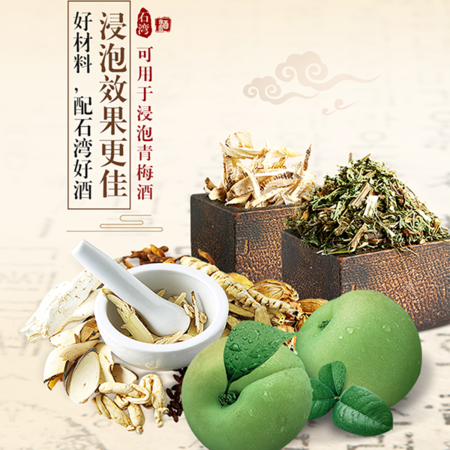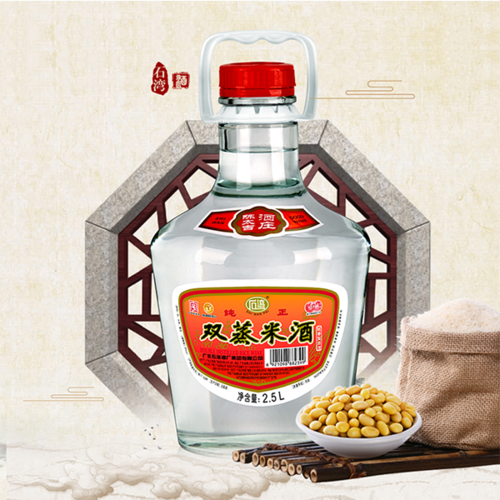What Ingredients of Herbal Spirits are Commonly Used?
Herbal spirits, also known as herbal liqueurs, have been a staple in many cultures for centuries. These spirits are crafted using a variety of botanicals, each contributing unique flavors and aromas that make the final product a complex and enjoyable experience. This article explores the common ingredients used in herbal spirits, providing a comprehensive look at the botanicals that give these spirits their distinctive character.
The Art of Crafting Herbal Spirits
Herbal spirits are a testament to the art of distillation and the rich biodiversity of our planet. They are crafted by infusing alcohol with a blend of botanicals, which can include herbs, spices, fruits, and roots. This infusion is then typically aged, allowing the flavors to meld and mature. The result is a spirit that is rich in flavor and complexity, with each ingredient contributing to the overall profile of the drink.
A World of Botanicals
The botanicals used in herbal spirits can vary greatly, depending on the region and tradition. However, some ingredients are commonly found in many of these spirits. Let's take a closer look at some of them.
Wormwood
Wormwood is a key ingredient in many herbal spirits, including Amaro Montenegro, Bràulio, and Kuemmerling. This herb contributes a bitter flavor that balances the sweetness of other ingredients. Wormwood has been used in traditional medicine for its digestive properties, making it a popular choice for after-dinner drinks.
Anise
Anise is another common ingredient, found in spirits like Herbero and Sassolino di Modena. This herb imparts a distinctive licorice-like flavor and aroma, making it a favorite among those who enjoy complex, aromatic spirits.
Gentian Root
Gentian root is used in spirits like Salers Liqueur and Avèze. This root is known for its intense bitterness, which adds depth and complexity to the spirit. Gentian root is also believed to have digestive benefits, making it another popular choice for digestifs.
Other Botanicals
Other botanicals commonly used in herbal spirits include juniper berries, sage, mint, lavender, thyme, fennel, chamomile, and citrus peels. These ingredients can add a range of flavors and aromas, from the piney freshness of juniper to the soothing qualities of chamomile.
The Role of Botanicals in Herbal Spirits
The botanicals used in herbal spirits do more than just add flavor. They also play a crucial role in the spirit's overall character and experience. For instance, bitter ingredients like wormwood and gentian root can stimulate the appetite and aid digestion, making these spirits excellent aperitifs or digestifs. Aromatic botanicals like anise and juniper can provide a sensory experience that extends beyond taste, engaging the sense of smell and contributing to the overall enjoyment of the spirit.
The Global Appeal of Herbal Spirits
Herbal spirits are enjoyed worldwide, with each region boasting its unique interpretations. From the Italian Amaro and German Kräuterlikör to the French Bénédictine and the Spanish Licor de Hierbas, these spirits reflect the rich botanical diversity and cultural traditions of their regions of origin.
Conclusion
Herbal spirits are a celebration of nature's bounty and human ingenuity. They offer a unique way to experience the flavors and aromas of different botanicals, crafted into a spirit that is both enjoyable and often beneficial. So next time you enjoy a herbal spirit, take a moment to appreciate the complex blend of ingredients that make up your drink. You'll be savoring a piece of botanical and cultural history.







